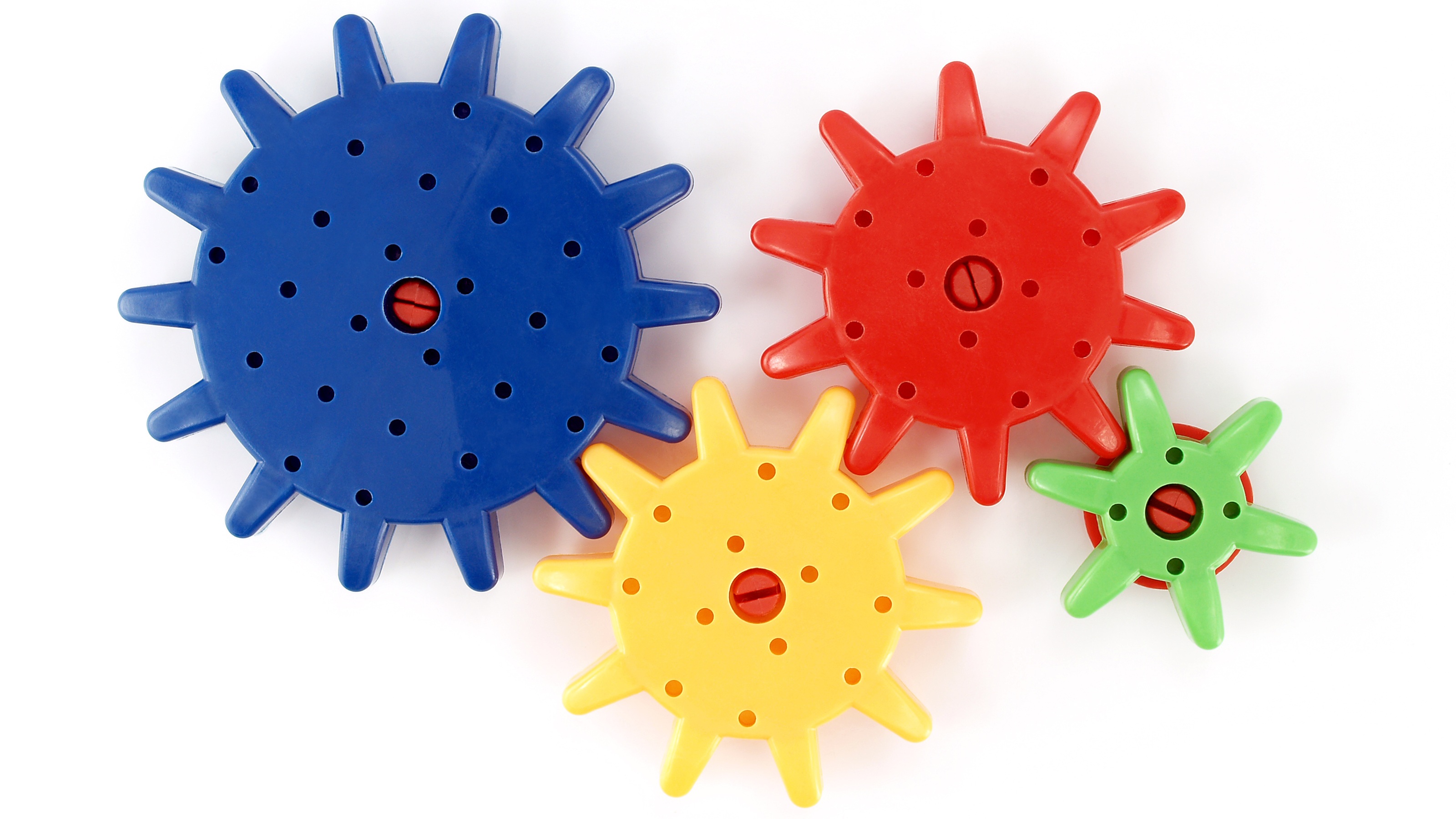
Once you’ve bought an annuity or a life insurance policy and named your beneficiaries, you may never think about those beneficiary designations again. But that could be a big mistake.
If you get divorced and remarry but fail to change your beneficiary from your ex-spouse to your current spouse, your ex will receive the proceeds. Besides divorce, other life changes, such as marriage or the death of a loved one, are occasions to review beneficiaries.
Additionally, there may be new people in your life that you want to include — such as grandchildren. Maybe there’s a charitable organization that you wish to support.
From just $107.88 $24.99 for Kiplinger Personal Finance
Become a smarter, better informed investor. Subscribe from just $107.88 $24.99, plus get up to 4 Special Issues

Sign up for Kiplinger’s Free Newsletters
Profit and prosper with the best of expert advice on investing, taxes, retirement, personal finance and more - straight to your e-mail.
Profit and prosper with the best of expert advice - straight to your e-mail.
Before making any changes, it’s important to understand how primary and contingent beneficiaries work.
If you’re married, your spouse is normally your primary beneficiary and your child or children are contingent. The contingent beneficiaries will receive the proceeds on your death if your primary beneficiary dies before you do or at the same time as you do.
While you should notify the insurer about the death of a primary beneficiary, even if you don’t, the proceeds will automatically go to your contingent beneficiaries.
Fairness across generations
If you have a number of grandchildren, the issue becomes more complex.
Suppose you’re married and have three adult children. The default is to name your spouse your primary beneficiary and name your children contingent beneficiaries who’ll all share equally in the proceeds.
Here’s where it gets complicated. Suppose child A has three children, child B has none and child C has two, for a total of five grandchildren.
What would happen if both your spouse and child C predecease you? In that case, unless you’ve set up your beneficiaries correctly, all the proceeds would go to your two surviving children. Child C’s two children would be disinherited.
That’s not what most people want.
Instead, you can specify that if one of your children is deceased that their share will go to his or her children. This is called a per stirpes distribution.
That means that each branch of the family will receive an equal share. If that’s what you want to do, you must request per stripes, because equal distribution (per capita) is the default.
Per stirpes designations are available from most but not all insurance companies.
Beneficiary designations trump your will: So get them right
Because annuities, life insurance policies and retirement plans list beneficiaries, they all bypass probate court. That means that your will won’t determine who gets the proceeds — which is why having the right beneficiaries is so crucial.
My brief video about using per stirpes is online at https://www.youtube.com/watch?v=rOBK-nVYxgA.
A free quote comparison service with interest rates from dozens of insurers is available at https://www.annuityadvantage.com or by calling (800) 239-0356.
Profit and prosper with the best of Kiplinger's advice on investing, taxes, retirement, personal finance and much more. Delivered daily. Enter your email in the box and click Sign Me Up.

Retirement-income expert Ken Nuss is the founder and CEO of AnnuityAdvantage, a leading online provider of fixed-rate, fixed-indexed and immediate-income annuities. Interest rates from dozens of insurers are constantly updated on its website. He launched the AnnuityAdvantage website in 1999 to help people looking for their best options in principal-protected annuities. More information is available from the Medford, Ore., based company at www.annuityadvantage.com or (800) 239-0356.
-
 The Rule of Compounding: Why Time Is an Investor's Best Friend
The Rule of Compounding: Why Time Is an Investor's Best FriendDescribed as both a "miracle" and a "wonder," compound interest is simply a function of time.
-
 4 Great Tools to DIY Your Own Financial Plan
4 Great Tools to DIY Your Own Financial PlanSmart Savings Several tools picked out by Kiplinger that DIYers can use to make their own financial plan.
-
 The 7-Month Deadline That Sets Your Lifetime Medicare Premiums
The 7-Month Deadline That Sets Your Lifetime Medicare PremiumsUnderstanding Medicare enrollment is crucial, as missing deadlines can lead to permanent late enrollment penalties and gaps in coverage.
-
 If You're a U.S. Retiree Living in Portugal, Your Tax Plan Needs a Post-NHR Strategy ASAP
If You're a U.S. Retiree Living in Portugal, Your Tax Plan Needs a Post-NHR Strategy ASAPWhen your 10-year Non-Habitual Resident tax break ends, you could see your tax rate soar. Take steps to plan for this change well before the NHR window closes.
-
 Could Target-Date Funds With Built-In Income Guarantees Be the Next Evolution in Retirement Planning?
Could Target-Date Funds With Built-In Income Guarantees Be the Next Evolution in Retirement Planning?With target-date funds falling short on income certainty, retirement plans should integrate guaranteed income solutions. Here is what participants can do.
-
 Your Year-End Tax and Estate Planning Review Just Got Urgent
Your Year-End Tax and Estate Planning Review Just Got UrgentChanging tax rules and falling interest rates mean financial planning is more important than ever as 2025 ends. There's still time to make these five key moves.
-
 What Makes This Business So Successful? We Find Out From the Founder's Kids
What Makes This Business So Successful? We Find Out From the Founder's KidsThe children of Morgan Clayton share how their father's wisdom, life experience and caring nature have turned their family business into a respected powerhouse.
-
 Past Performance Is Not Indicative of Your Financial Adviser's Expertise
Past Performance Is Not Indicative of Your Financial Adviser's ExpertiseMany people find a financial adviser by searching online or asking for referrals from friends or family. This can actually end up costing you big-time.
-
 I'm a Financial Planner: If You're Not Doing Roth Conversions, You Need to Read This
I'm a Financial Planner: If You're Not Doing Roth Conversions, You Need to Read ThisRoth conversions and other Roth strategies can be complex, but don't dismiss these tax planning tools outright. They could really work for you and your heirs.
-
 Could Traditional Retirement Expectations Be Killing Us? A Retirement Psychologist Makes the Case
Could Traditional Retirement Expectations Be Killing Us? A Retirement Psychologist Makes the CaseA retirement psychologist makes the case: A fulfilling retirement begins with a blueprint for living, rather than simply the accumulation of a large nest egg.
-
 I'm a Financial Adviser: This Is How You Can Adapt to Social Security Uncertainty
I'm a Financial Adviser: This Is How You Can Adapt to Social Security UncertaintyRather than letting the unknowns make you anxious, focus on building a flexible income strategy that can adapt to possible future Social Security changes.
